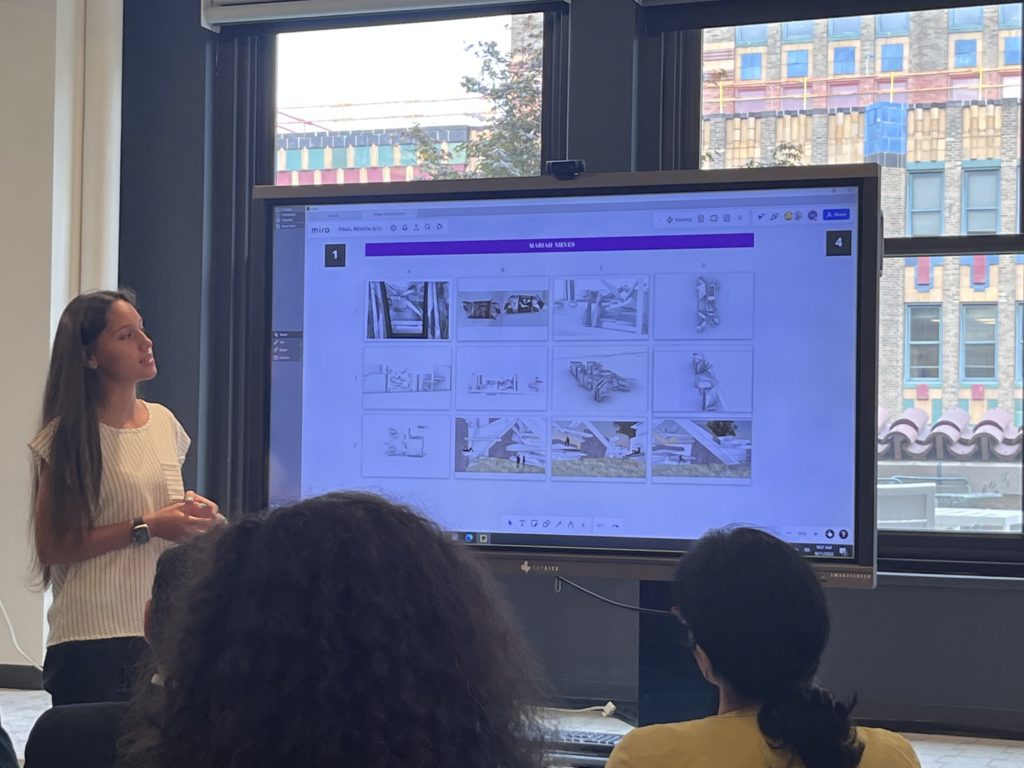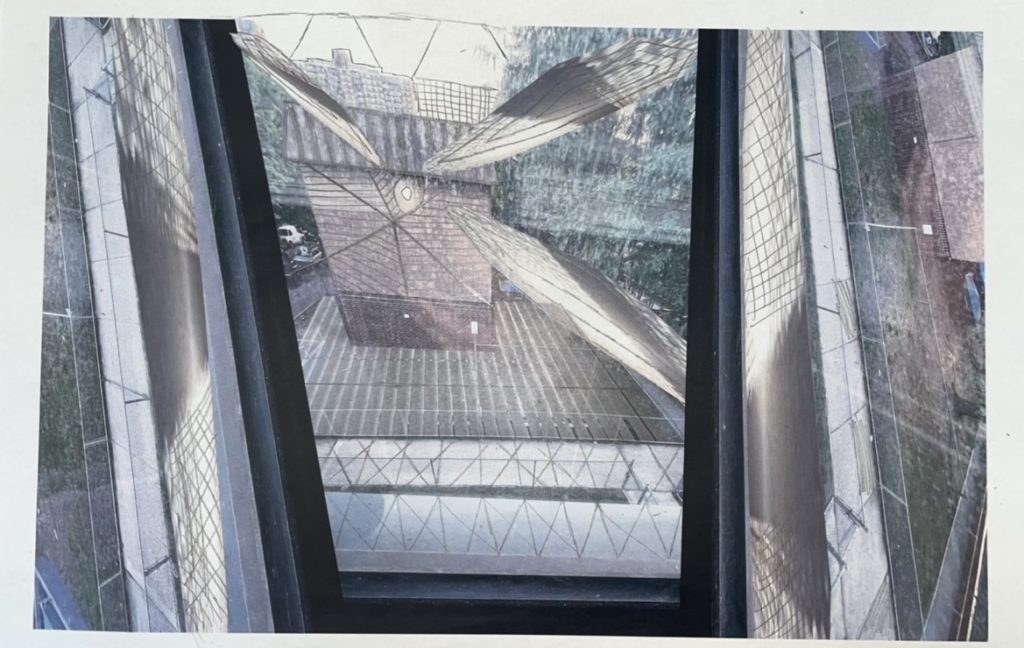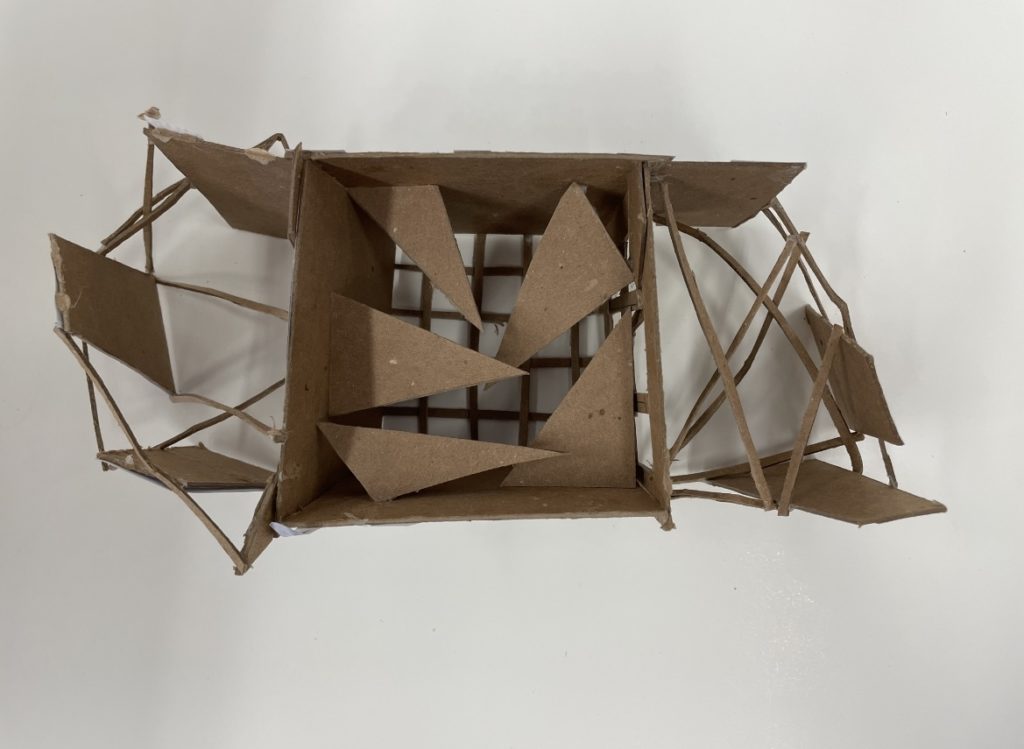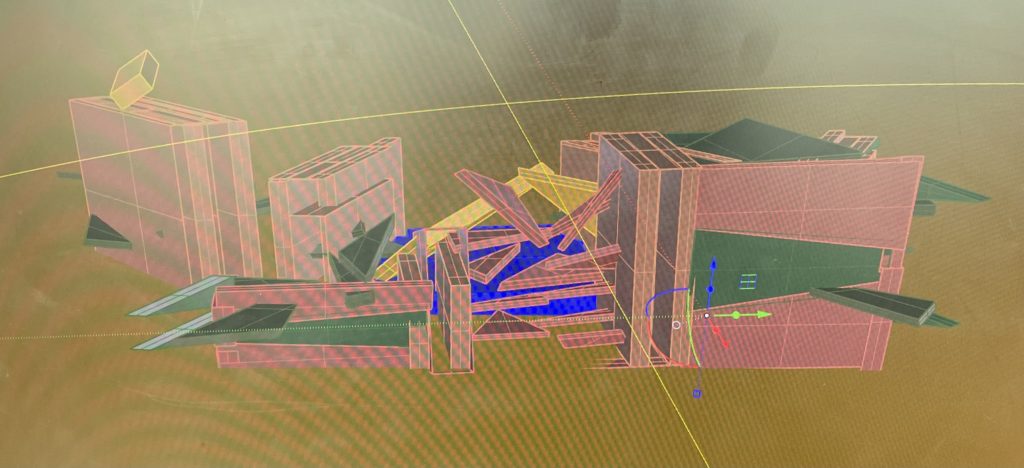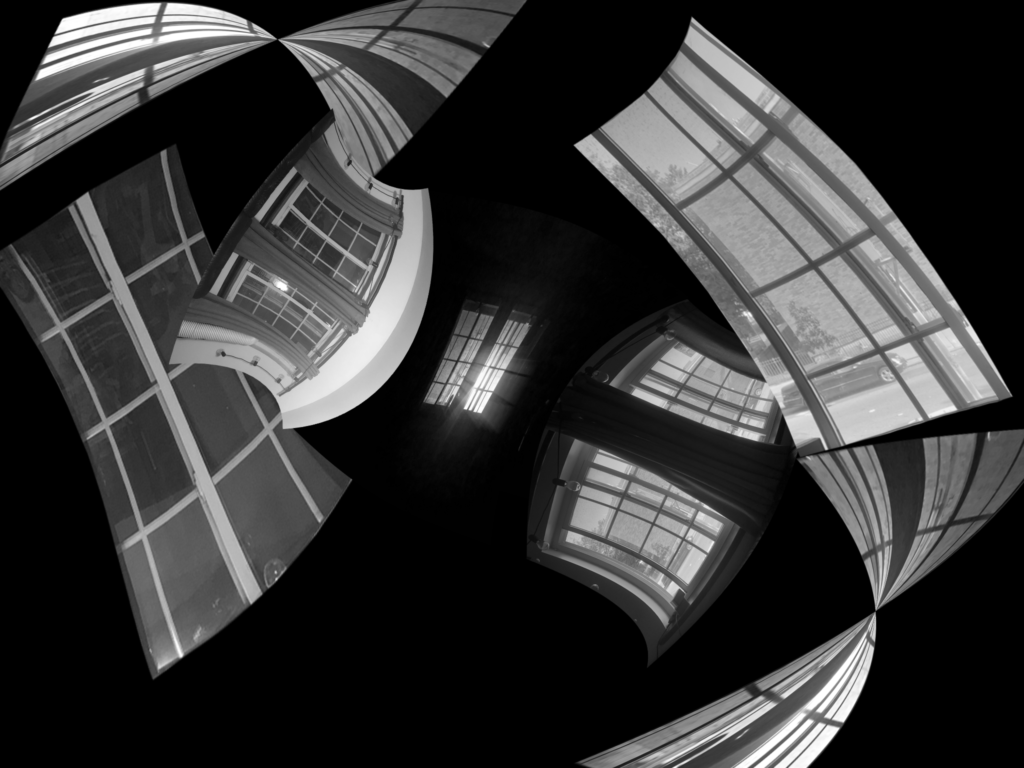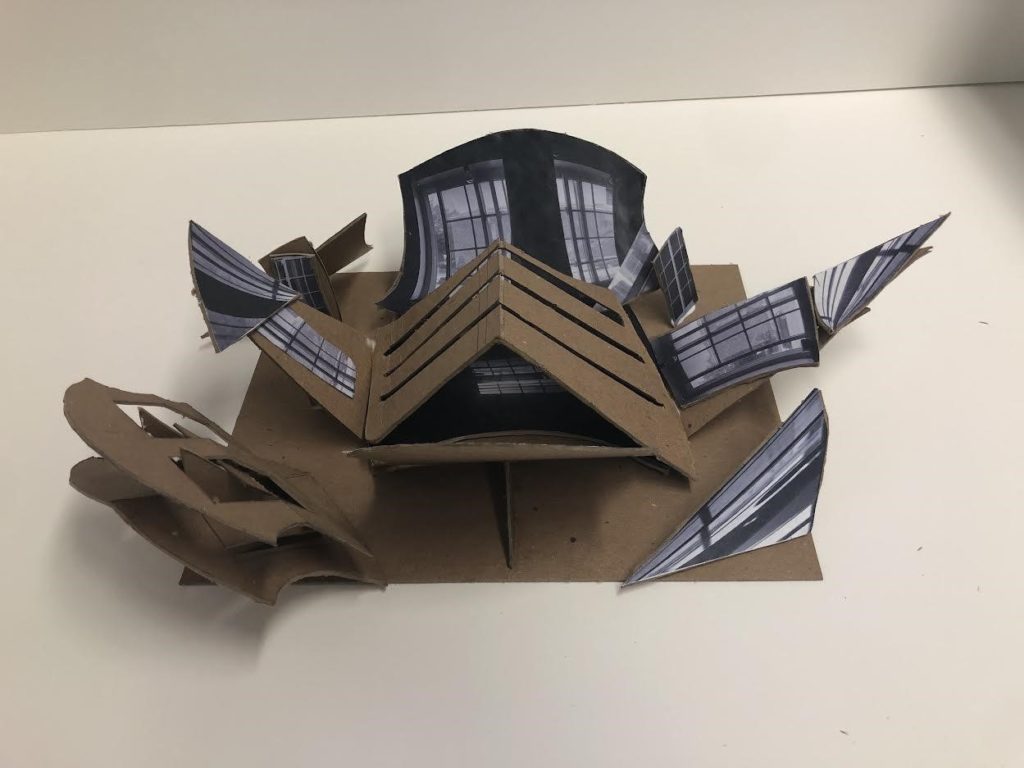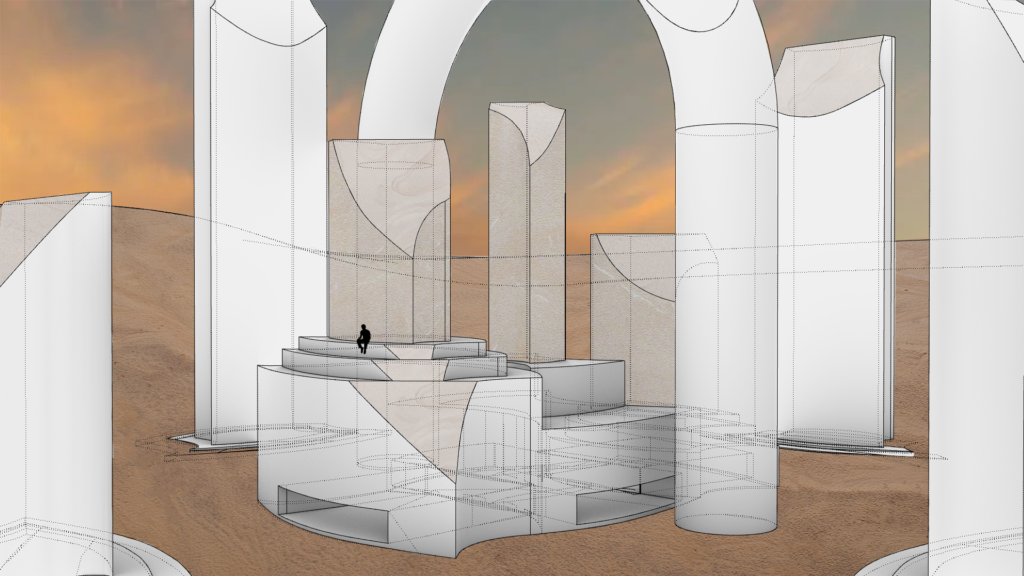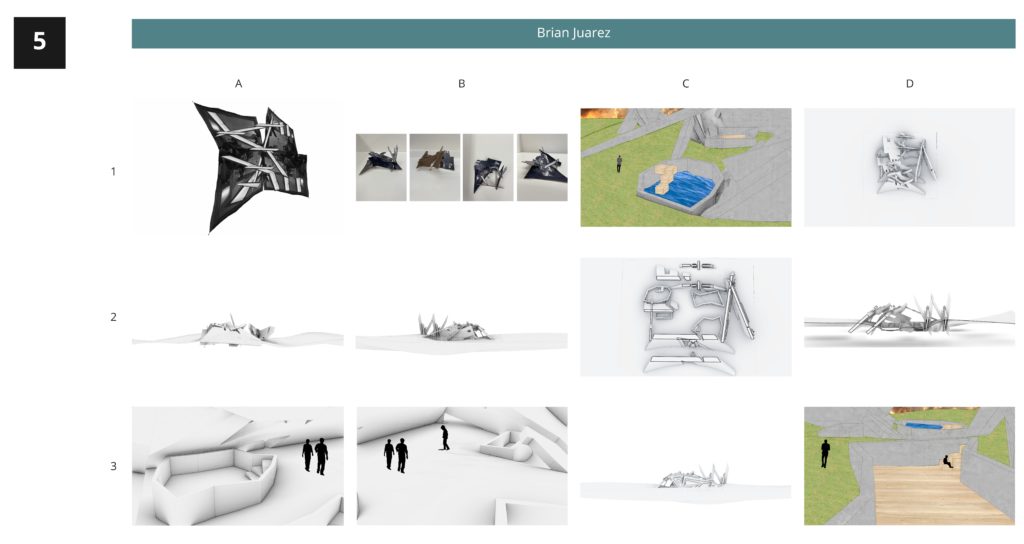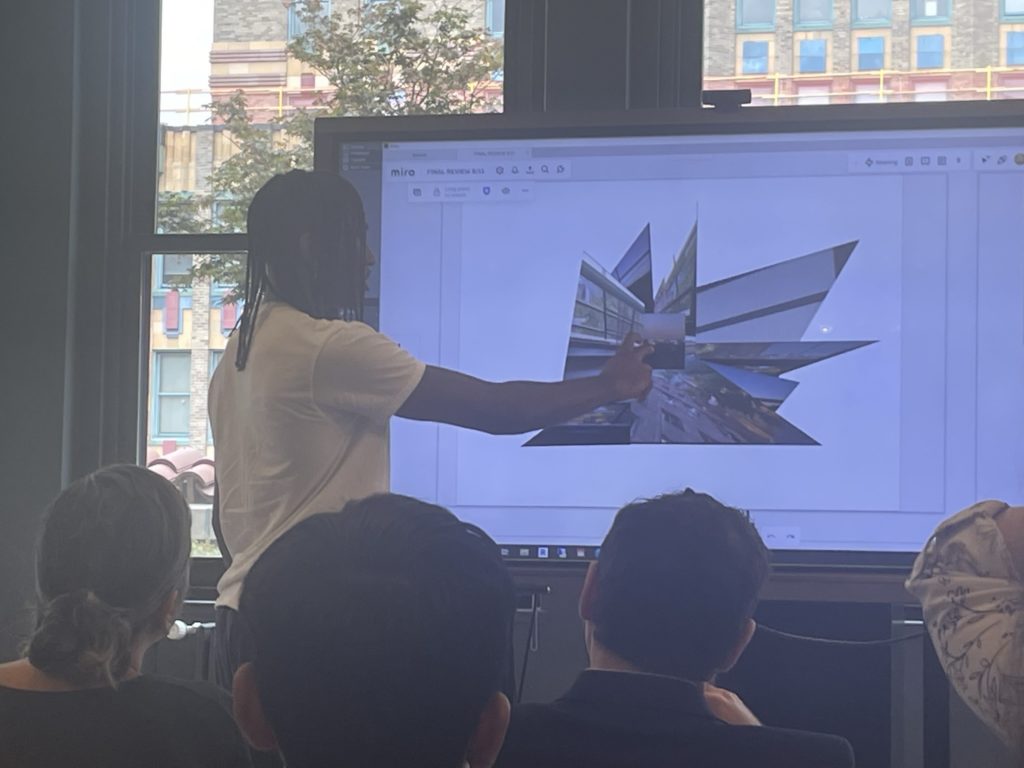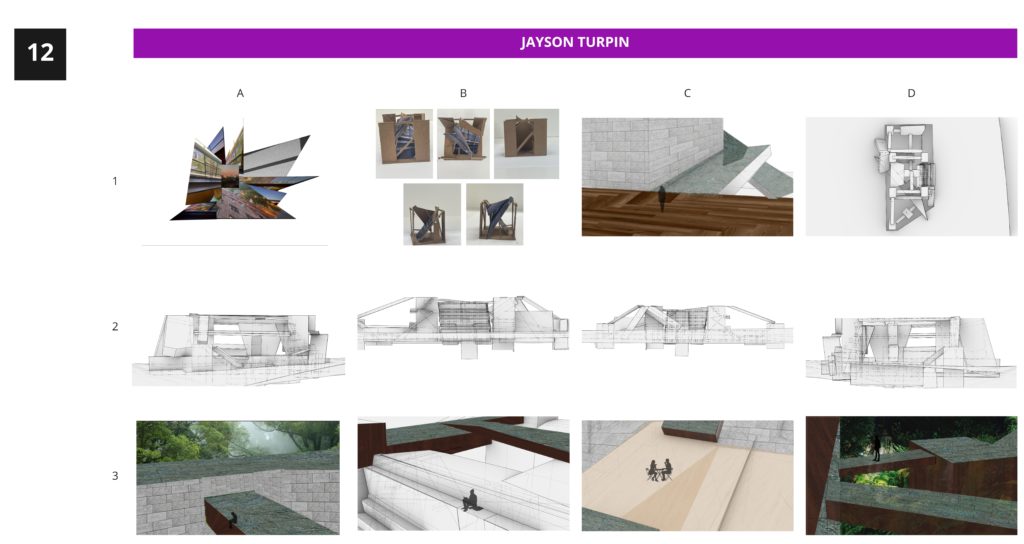Thank you to Mr. Demiroglu, Mr. Abraham Rodriguez, and Ariana Lowery for mentoring WHSAD’s SYEP students this summer.
WHSAD’s sophomore architecture teacher, Mr. Abraham Rodriguez, and Junior Designer at Robert A.M. Stern Architects, Mr. Alp Demiroglu, led the 2022 WHSAD-RAMSA Summer SYEP program. WHSAD 2020 alum and current student in the University of Buffalo’s architecture program, Ariana Lowery, supported and provided WHSAD students with a potential glimpse into their futures.
This program was designed to introduce students to the principles and methods of solving architectural problems. A series of design exercises culminating in the final project allowed students to explore the architectural concepts of space, form, and structure. Through the analytical and iterative process, a conceptual understanding of architectural design will prepare students for success at future endeavors in the fields of architecture, design, engineering.
Below are some of the students’ designs and process statements.
Mariah Nieves, WHSAD Junior
Hello, my name is Mariah Nieves and I will be giving a brief writing piece based on my SYEP experience with the Design Foundation Team. The teacher I got to work with during this experience is Mr. Rodriguez.
During my time working with SYEP I’ve excelled in new designs and exciting tasks. I even got the chance to work with an excellent architect, Mr. Alp Demiroglu from Robert A.M. Stern Architects.
A description of my work with Mr. Demi and Mr. Rodriguez was by taking a picture, bringing this picture to life, then making it into a landscape people can enjoy. This process all started with me taking pictures of a simple window that I view in my daily life. From here I got to explore and push these photos into Photoshop, an image creation, graphic design, and photo editing software. In this software I messed around and used all types of tools expanding my window into a collage. Based on my collage from Photoshop, I got to make this into a shallow model, making it as a bas-relief. When making this model, I had the joy of using an X-ACTO knife and chipboard, bonding the pieces of chipboard together with tacky glue. From my built model, I then brought it into Rhino, a commercial 3-D computer graphics and computer-aided design (CAD) application software, and turned it into a landscape. Below is my process of this work.
Some challenges I had throughout my process was being able to cut through the pieces with the X-ACTO knife during my bas-relief. This was my first time working with this tool so it was a bit of a struggle. I also had to go through the experience of using Photoshop and Rhino because it was also my first time using this software. I had to find the tools and figure out the use of them.
Skills I have developed during my experience are expanding and actually being creative with your makings. I developed this because the more you go and expand with creativity is more fun than focusing on just one thought process. I would only focus on one thought, but putting them all together made my artwork even better.
Feedback I received back from my mentors was to keep going with that piece of struggle and see what I can get from it. Not everything is meant to be perfect so when you abstract and build on, the outcome will be amazing.
The work was definitely a quality SYEP experience because I love architecture and want to be an architect when I get older. Being able to get the hang of and learn new things in relation to what I’m interested in made the job and experience way better.
Richard Hernandez, WHSAD Senior
As part of the RAMSA workshop this summer I was tasked to design collages, physical models, and renderings. These designs were based off of photos we took of a window that we see in our daily lives that had meaning to us.
I distorted and twisted the images of my living room window to create it. For my physical model I printed out my Photoshop collage to cut out the geometric shapes on chipboard and then played around with their placement and placing some at an angle. Once I got to the digital modeling phase, I found that I wasn’t really happy with the way my physical model came out, and so I took the liberty of making some changes. For each of our models we were assigned with a biome and with this information we were asked to add some features that would resemble a structure in this biome. I was assigned a desert biome and the features I added were pillars, since that was what I associated a desert biome with. When I was finally happy with the model, I added some textures and material to it so that it could look like a space that someone could actually be in.
For each phase my design went through many iterations. This was either because I wasn’t really satisfied with the end result or because of the feedback given to me by Mr. Demiroglu. Although I made several changes to my design, I made sure to keep the concept of the middle three windows consistent in each design as to not stray away too much from the original idea.
The physical model stage of the design process was really challenging. I found that I had a harder time executing what I had envisioned while making the physical model than when I was making the digital model. It was also really time consuming cutting out the different pieces while trying to be as precise as possible.
During this project I developed and refined my Photoshop and Rhino skills because of how essential those two were to the project. Since I’ve had less experience with Photoshop, this project allowed me to learn more about the interface and how to use the different tools to my advantage. I’ve also developed some self-critiquing skills and learned when to pursue an idea and when to drop one.
Some feedback I got from Mr. Demiroglu was to play with the concept of scaling and sizing. After hearing this, I decided to add this concept to the pillars that I had incorporated into my design.
The work quality of SYEP was great. I found the work environment to be very inviting and relaxing. Also, whenever anyone was having trouble, everyone was really helpful and tried to their best to provide assistance.
Brian Juarez, WHSAD Senior
During this summer I’ve been working in SYEP. We have been working with an architecture firm named RAMSA to incorporate art into architecture. Our work, in the beginning, was to select a window that was meaningful to us, from your daily routine from different perspectives in order to create a collage.
The process that took place was to use multiple pictures that we took from that one window. Then we figured out what would fit best with the ideas that we had and put them into Photoshop. The mentor from RAMSA helped us out by giving us feedback and his thoughts on what he saw. After we got everything together with our final, we moved on to Rhino which is a 3-D model program. From there we traced over certain pieces from our final in order to make them 3-D and use those pieces in order to create a model.
Throughout the process there were many challenges like learning how the programs work, figuring out what would fit best for your idea, mixing around different pieces on which would fit best, and learning Photoshop.
This has helped a lot by developing different skills like knowing how to use Rhino a 3-D program and learning how to use Photoshop. The experience also helped us think more about how an idea could be changed and improved. Overall, SYEP was great as the mentor too teaching us ways to improve on skills and learning new skills.
Jayson Turpin
Hi my name is Jayson Turpin, and I am a part of the RAMSA SYEP program. RAMSA is an architecture program that was created by Robert A.M. Stern. What we are doing this summer is creating models and expanding off of them to create even bigger and better models.
The process that I had to go through to reach the final project was tough. I had to scrap many ideas that didn’t fit well with my intentions throughout certain projects. First we worked on getting to know Photoshop. At first it was difficult, but after watching a few recommended videos and looking at demonstrations that Mr. Rodriguez showcased, I learned how to use the Lasso tool, the magic wand tool, the healing brush, etc. We would then move on to creating our window collages. We needed to take pictures of a window we cherished and create a collage out of them. That process was very beneficial because I learned how to think outside the box and how to use my imagination, due to feedback from Mr. Demiroglu and Mr. Rodriguez. After we had created our window collages it was time for us to convert the collage into a 3-D structure model. At first it was very difficult for me because my main idea that I had wasn’t working out, so I had to convert that. Thanks to some feedback from Ms. Ariana and Mr. Rodriguez, I was able to create my 3-D model.
One thing I learned from that process was to not limit my space by creating boxes around my model. Another thing that I learned was from the architects from RAMSA was to not fully scrap an idea but to instead find ways to expand from it. After we finished our 3-D structures, we would then transfer it over to Rhino. Rhino is a computer program used for architectural purposes, and at first the same thing with Photoshop was difficult but after some videos and demonstrations, it came easy. Once we converted our models over, we were assigned specific landscapes that seemed to fit with our models. At first I was confused on why I was assigned a Tropical Rainforest landscape, but after a conversation with Mr. Demi, I was able to see his vision and convert it into my own. He showed me how the pillars and the elevated platforms reminded him of waterfalls, and the planks that I had placed reminded him of the branches and trees. I had to do some major tweaks to my model but it wasn’t too much trouble. Now I‘m currently finishing up my project and getting ready to present at RAMSA on Thursday.
I believe this was a great SYEP experience, especially for my first year in the program, because it helped me get a feel of what a job is like and the reality of it as well. It’s not like school where you can slack off and fool around. Instead, you can get fired and be unemployed or just not get paid for your lack of work. It was a great learning experience for me and it really helped open my mind to other possible career paths for me.

